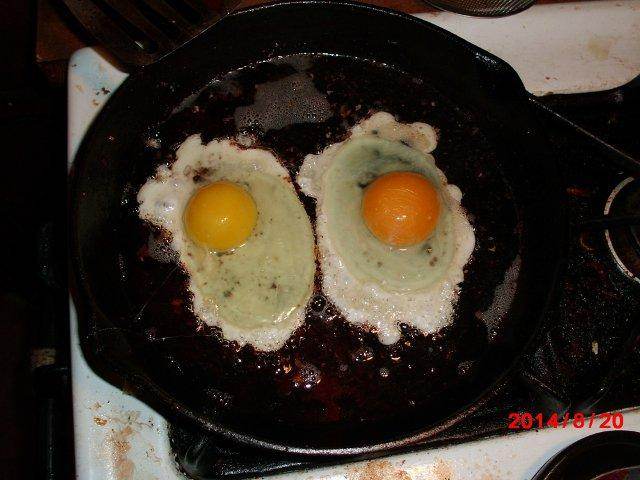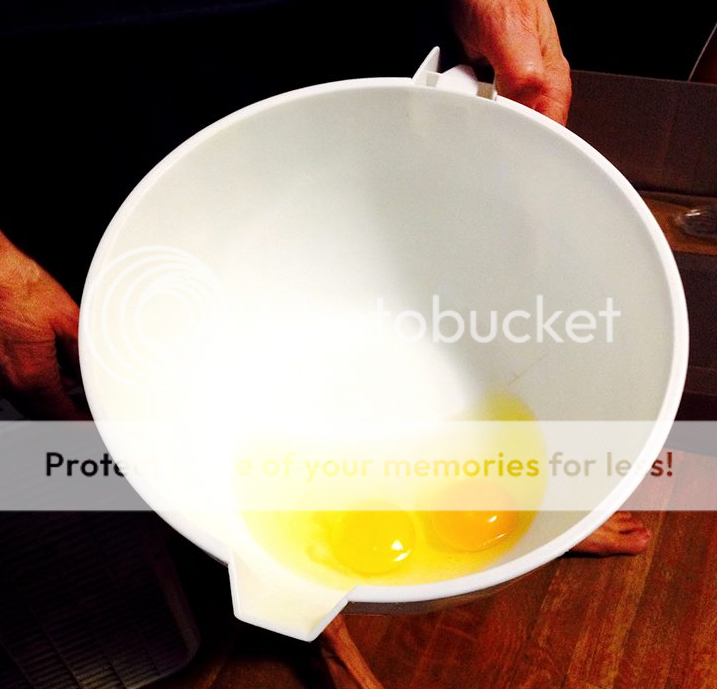





Owner, Etta Place Cider




Luke Groce: Trying to figure out how to grow food and heal land.
Instagram: @GroceFamilyFarm
grocesgrow.wordpress.com
 1
1




Check out Redhawk's soil series: https://permies.com/wiki/redhawk-soil










we don't have a problem with lack of water we have a problem with mismanagement
beavers the original permies farmers
If there is no one around to smell you ,do you really stink!

 4
4




List of Bryant RedHawk's Epic Soil Series Threads We love visitors, that's why we live in a secluded cabin deep in the woods. "Buzzard's Roost (Asnikiye Heca) Farm." Promoting permaculture to save our planet.




Check out Redhawk's soil series: https://permies.com/wiki/redhawk-soil








Bryant RedHawk wrote:As to the question, how long would it take for the free range egg to look like the commercial feed egg, I have been told; less than one week.
I have a friend that is a commercial chicken man, he eats his personal free range birds eggs and I asked this question,
since I knew he had once fed his own birds the commercial feed after they had been free ranging for all their life up to that point.
He said his flocks eggs were looking like the birds in the big houses eggs within 5 days.
I was not there so I can not verify, but I do trust him to tell me the straight up answers when I ask them.
 1
1










Check out Redhawk's soil series: https://permies.com/wiki/redhawk-soil




Peter Ellis wrote:Roger, everyone chooses what, and whom, they wish to believe. I believe it is entirely possible to understand what nutrition an animal requires and see to it that they are provided appropriately without resorting to commercial feed and that belief has nothing to do with romance and everything to do with an awareness of how unconcerned with my welfare are the corporations making that feed.




John Saltveit wrote:There have been some studies that have measured the differences. I don't have them with me right now, but if you just think about the enzymes and microbiology and the diversity of food it makes sense. Also the flavor just blows away the Industrial model eggs. That much is obvious, although I will say that some of the free range eggs are more amazing than others, possibly depending on how old, or how much food they have instead of industrial food.
 2
2










Peter Ellis wrote:I also do not believe that it requires a scientific study to establish working guidelines for everything.
 1
1








We can green the world through random acts of planting.
















List of Bryant RedHawk's Epic Soil Series Threads We love visitors, that's why we live in a secluded cabin deep in the woods. "Buzzard's Roost (Asnikiye Heca) Farm." Promoting permaculture to save our planet.




Peter Ellis wrote: that belief has nothing to do with romance and everything to do with an awareness of how unconcerned with my welfare are the corporations making that feed.




Kelly Smith wrote:
the left is a organic cage free / free range egg from the store, the right is our egg. organic (no soy) free range, secured at night/parts of snowy winter.

http://www.cloud9farms.com/ - Southern Colorado - Zone 5 (-19*f) - 5300ft elevation - 12in rainfall plus irrigation rights
Dairy cows, "hair" sheep, Kune Kune pigs, chickens, guineas and turkeys







 2
2




Jd Gonzalez wrote:Here is summary of a study on nutritional values of eggs.
"Egg samples were collected at 50, 62, and 74 weeks of age during the productive life of the flock and sent to four different laboratories commonly used for egg nutrient analysis. The results showed no influence of housing environment (range or cage) on egg levels of vitamin A or vitamin E. However, β-carotene levels were higher in the range eggs, which, according to Dr. Anderson, may have contributed to the darker colored yolks observed in these eggs during the study. The study also found no difference in cholesterol content between range- and cage-produced eggs."
It did find that range eggs has a higher content of fat, but not a higher cholesterol level.
http://www.poultryscience.org/pr081511.asp?autotry=true&ULnotkn=true
Owner, Etta Place Cider












 1
1




List of Bryant RedHawk's Epic Soil Series Threads We love visitors, that's why we live in a secluded cabin deep in the woods. "Buzzard's Roost (Asnikiye Heca) Farm." Promoting permaculture to save our planet.




Ann Torrence wrote:If you took one of my hens and fed them commercial crap, how long until the egg on the left would match the one on the right?




Check out Redhawk's soil series: https://permies.com/wiki/redhawk-soil




















List of Bryant RedHawk's Epic Soil Series Threads We love visitors, that's why we live in a secluded cabin deep in the woods. "Buzzard's Roost (Asnikiye Heca) Farm." Promoting permaculture to save our planet.











Erin Lemky wrote:Ann, what do you feed your chickens? I'm interested in moving from organic feed from the store to a mixture of in-situ forage and food grown on our farm and then stored for feeding over winter, but it's hard to find out what I should grow. Do you grow your own feed?
Owner, Etta Place Cider

|
That new kid is a freak. Show him this tiny ad:
the permaculture bootcamp in winter (plus half-assed holidays)
https://permies.com/t/149839/permaculture-projects/permaculture-bootcamp-winter-assed-holidays
|


